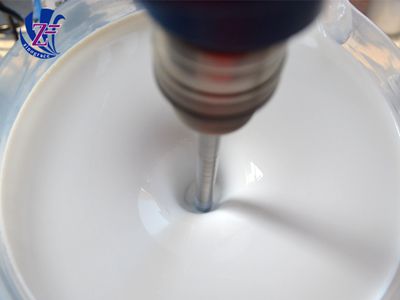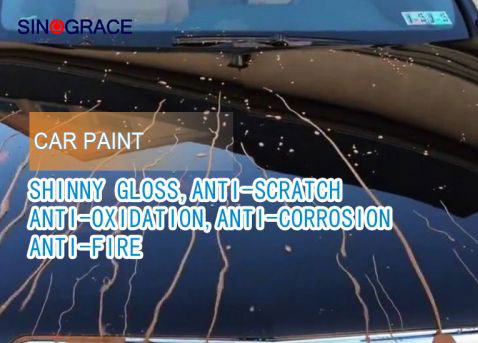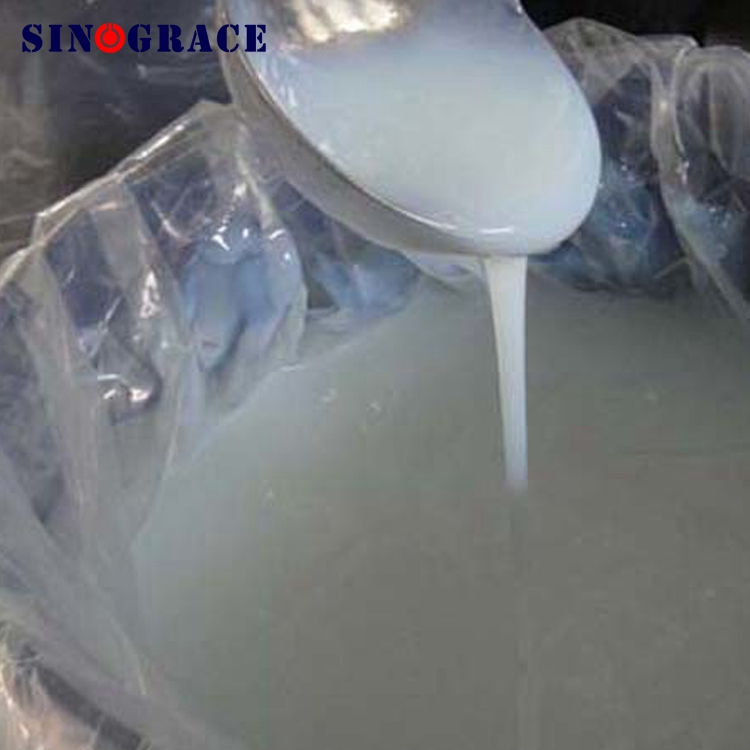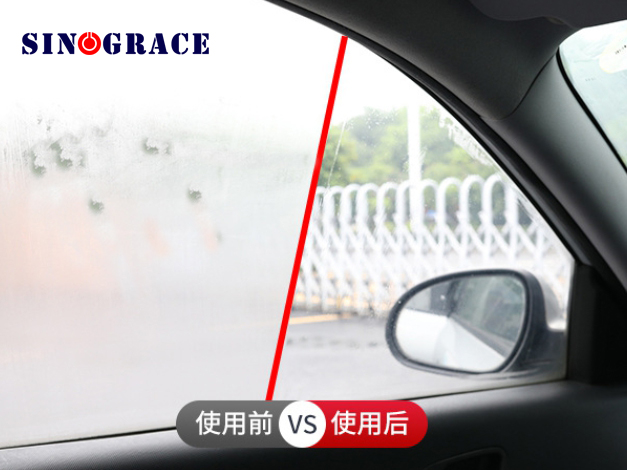Overview of waterborne polyurethane coating
According to the current development trend of waterborne polyurethane coating, green polyurethane coating technology is mainly divided into two categories: waterborne polyurethane coating and solvent-free polyurethane coating.Among them, solvent-free polyurethane coating mainly contains polyurethane hot melt adhesive coating and light curing polyurethane coating.Waterborne polyurethane (WPU) is a polyurethane system with water as the dispersion medium instead of organic solvent. Compared with the traditional solvent-based polyurethane coating agent, it is environmentally friendly and more safe and reliable in logistics, transportation, production and manufacturing. The actual physical and chemical properties are shown in the figure below. Comparison of waterborne polyurethane and solvent-based polyurethane property Water based polyurethane Solvent-based polyurethane viscosity It is affected by the interparticle force of emulsion particle size It is affected by relative molecular weight, solid content, solvent, etc film-processing ability Film-forming slowly Easy to film toxicity The relative environmental protection Organic solvents are volatile and have a toxic smell solvent resistance Poor water resistance Poor resistance to toluene butanone Difference in solvent polyurethane film link of waterborne polyurethane in the film, the emulsion in water at high temperature evaporation concentration gradually, latex particle formation sedimentary gradually, until the interface disappeared and mutual fusion between latex particles, the final latex particle in thread shaped polyurethane chain close to each other mutual diffusion chain end, the last film, as the chart shows. Difference in solvent polyurethane film link of waterborne polyurethane in the film, the emulsion in water at high temperature evaporation concentration gradually, latex particle formation sedimentary gradually, until the interface disappeared and mutual fusion between latex particles, the final latex particle in thread shaped polyurethane chain close to each other mutual diffusion chain end, the last film, as the chart shows. The stability of waterborne polyurethane emulsion is an important standard in the production, processing and application of products. In order to obtain better emulsion stability, waterborne polyurethane emulsion is generally prepared by self-emulsification method.According to the introduction of hydrophilic groups in polyurethane molecular chain, stable emulsions can be formed without adding emulsifiers, which can obviously improve the phenomenon of large particle size and multiple dispersion of emulsion and the residue and migration of small molecule emulsifiers commonly existing in external emulsification method.However, the widespread existence of hydrophilic groups in the polyurethane chain segment is easy to reduce the color fastness to water and wet friction of waterborne polyurethane coating products.In order to improve the shortcomings of the self-...
read more

 English
English français
français русский
русский español
español العربية
العربية








